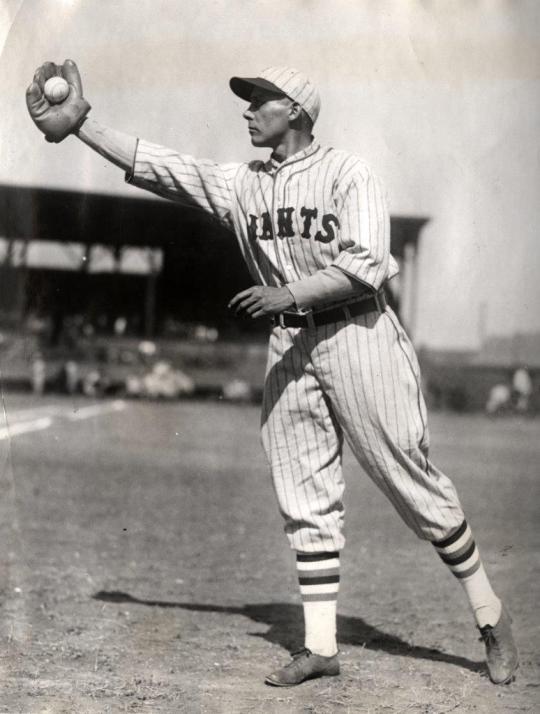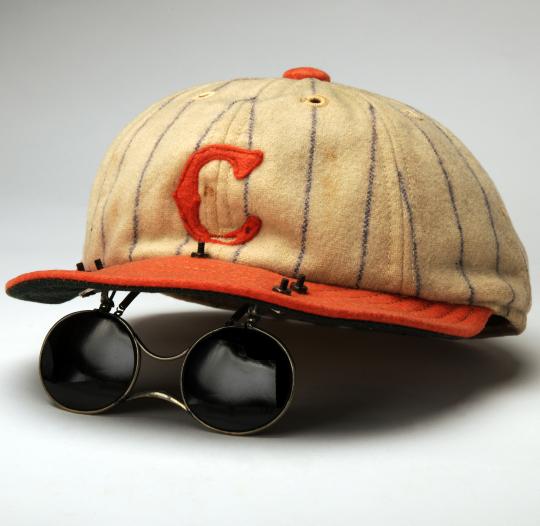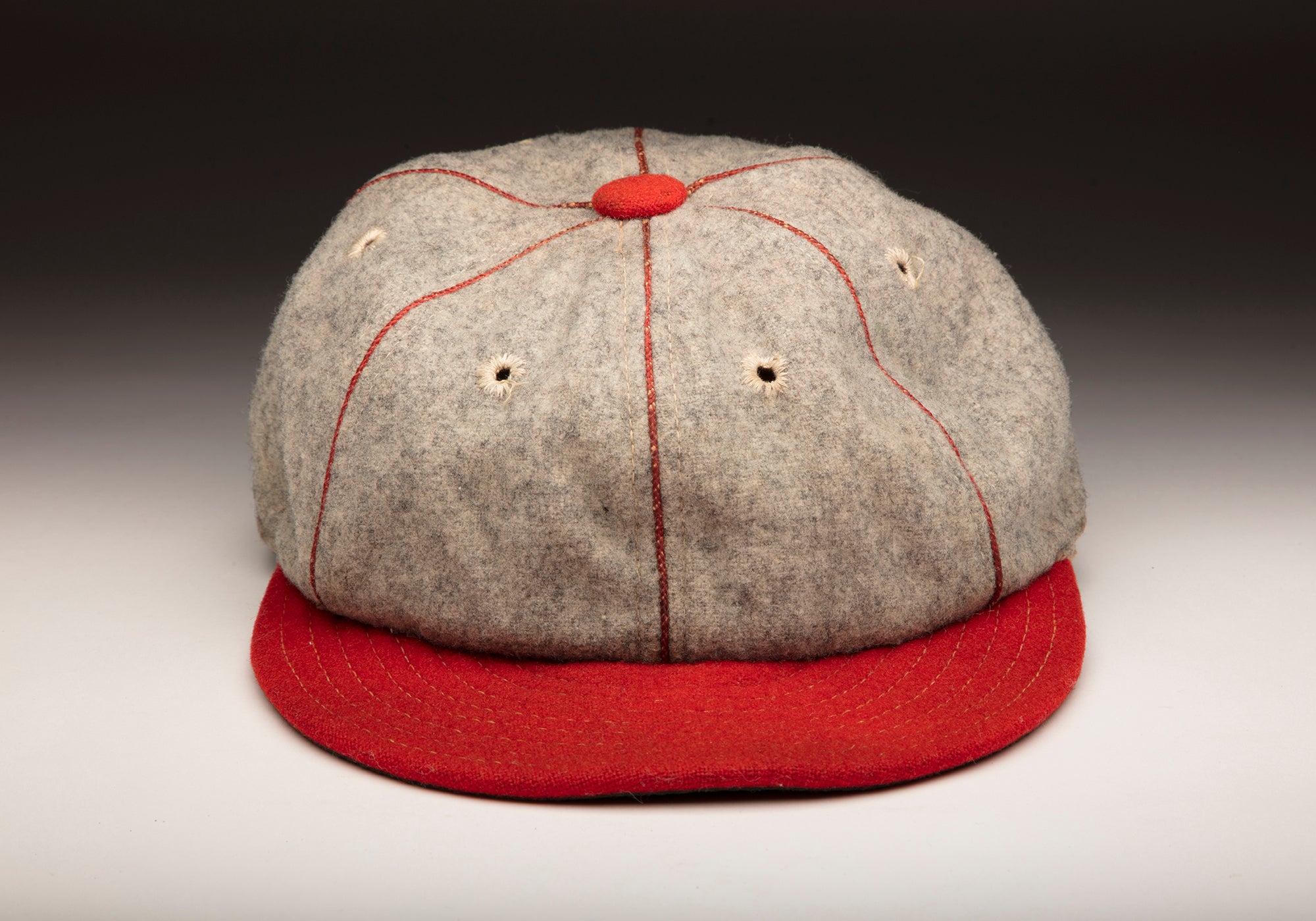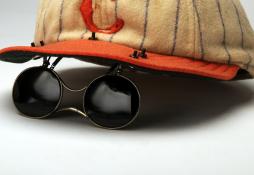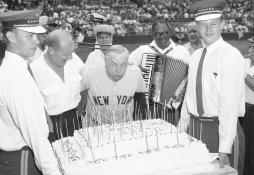#Shortstops: New glasses
The best way to shield yourself from the harsh glare of the summer sun is to wear a baseball hat and sunglasses. While a common occurrence today, it might be surprising to learn that it was also common back in the 1930s, especially among baseball players like Hall of Famer Edd J. Roush.
Hall of Fame Membership
There is no simpler, and more essential, way to demonstrate your support than to sign on as a Museum Member.
Be A Part of Something Greater
There are a few ways our supporters stay involved, from membership and mission support to golf and donor experiences. The greatest moments in baseball history can’t be preserved without your help. Join us today.
A hard hitter who adjusted his stance every at-bat as well as a master outfielder, Roush wielded a 48-ounce bat and was allegedly ejected from a game for taking a nap during a fight in the infield. He was traded back to the Giants in 1927 where he played until 1930, ending his final season with the team by holding out because of a contract dispute over salary. In 1931 he returned to play his final season in Cincinnati, where he wore the cap-sunglasses set now part of the museum’s collection.
Elected to the National Baseball Hall of Fame by the Veterans Committee in 1962, Roush finished his major league career with 2,376 hits, 1,099 runs scored and 268 stolen bases. He is one of six players who played in the short-lived Federal League to be inducted into the Hall of Fame.
Alex Buchheit was the 2023 curatorial intern in the Hall of Fame’s Frank and Peggy Steele Internship Program for Youth Leadership Development

